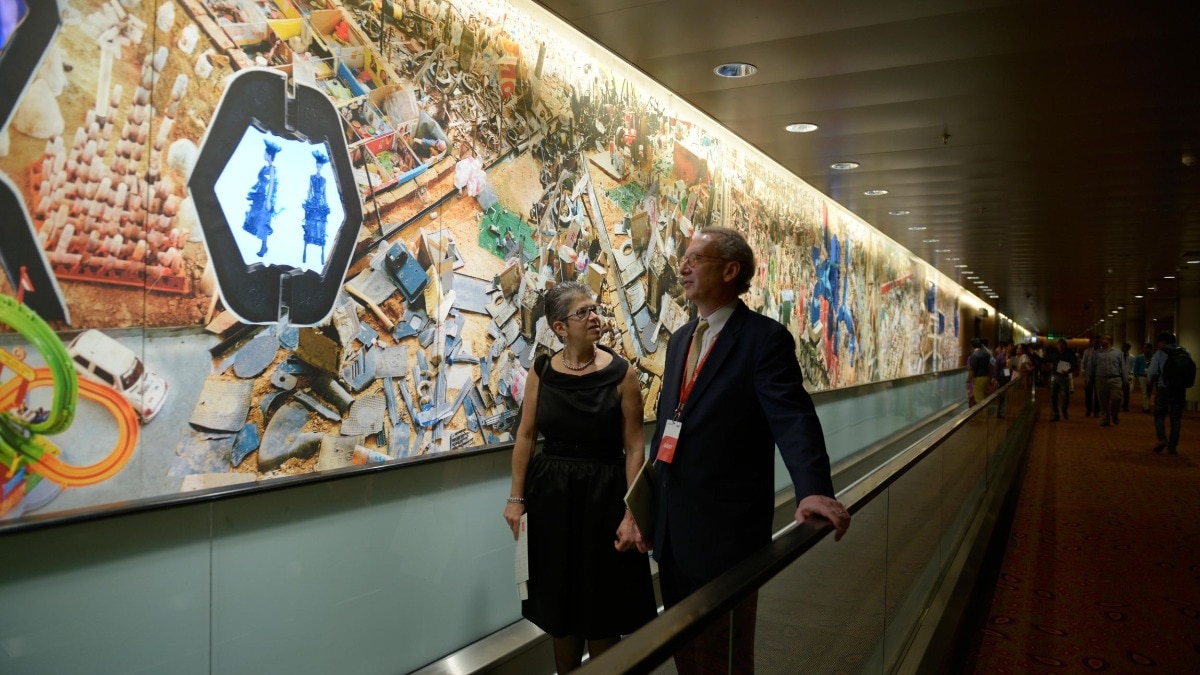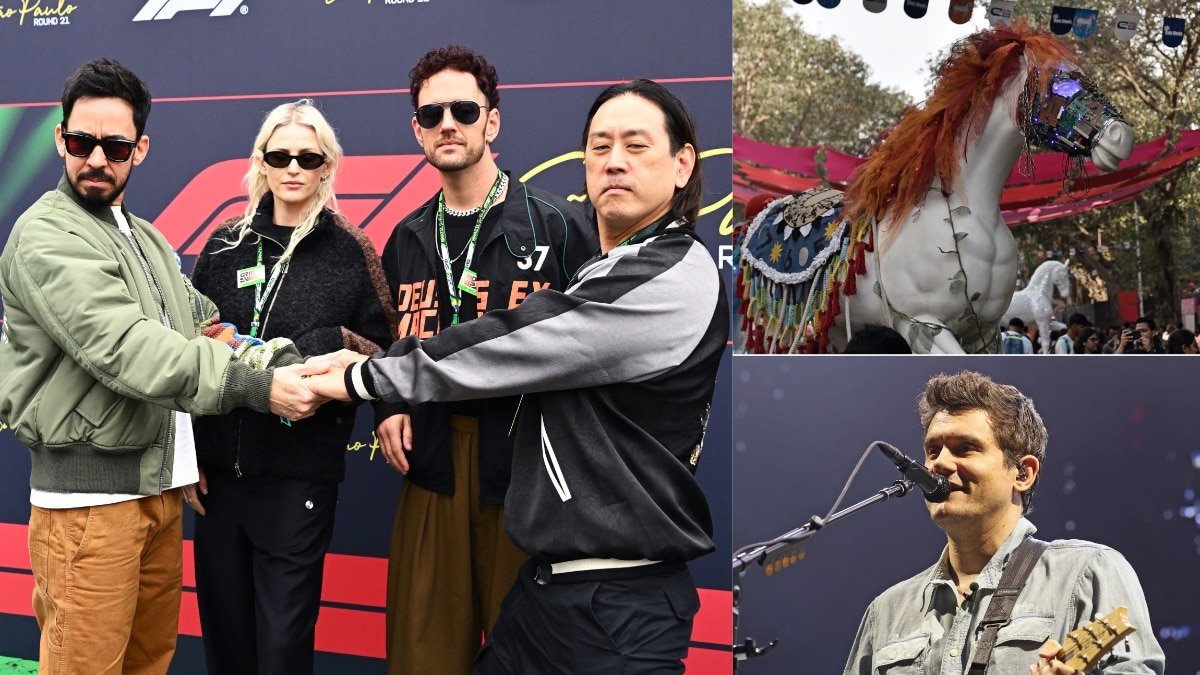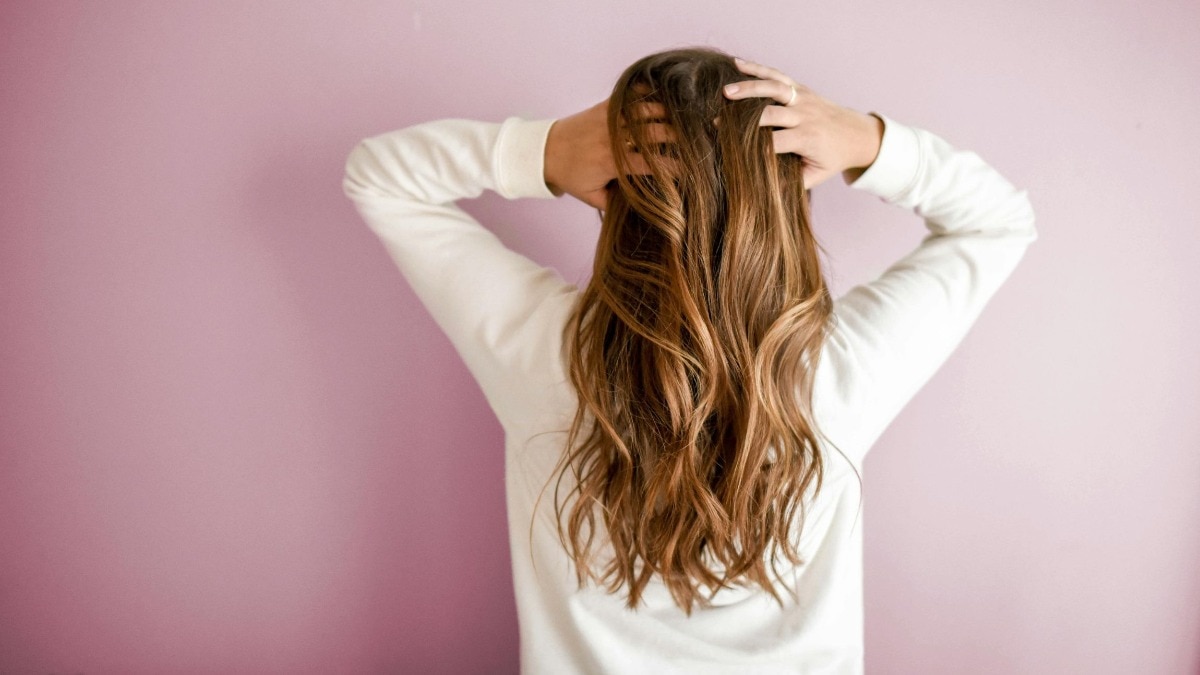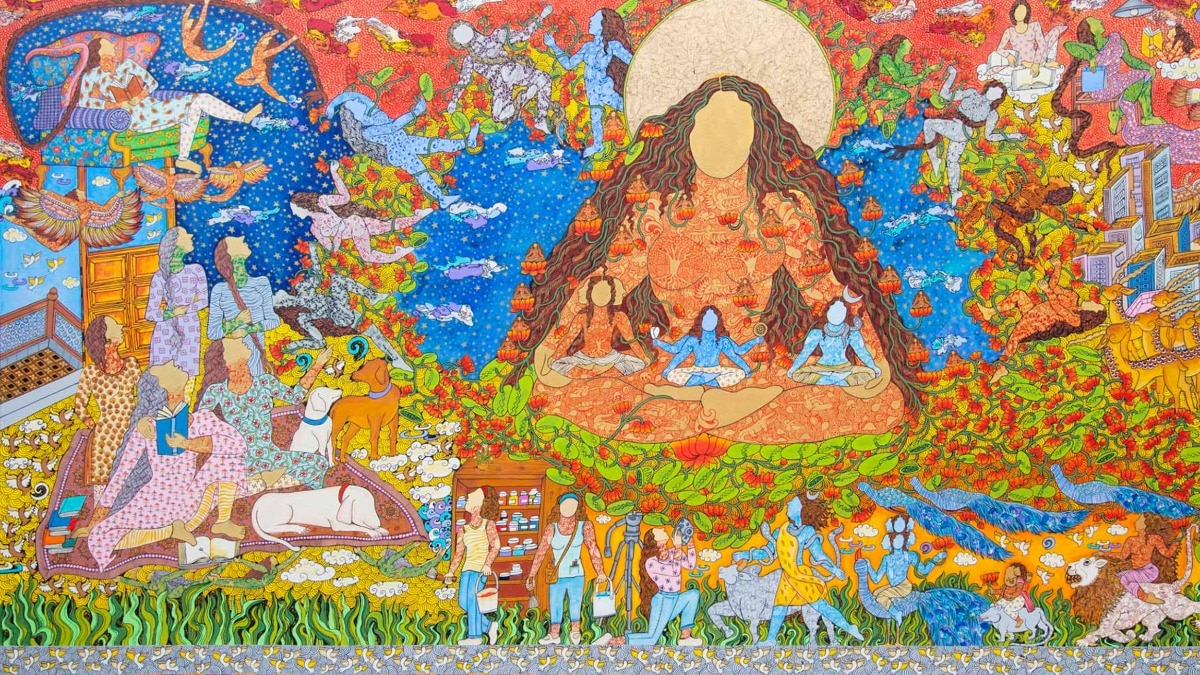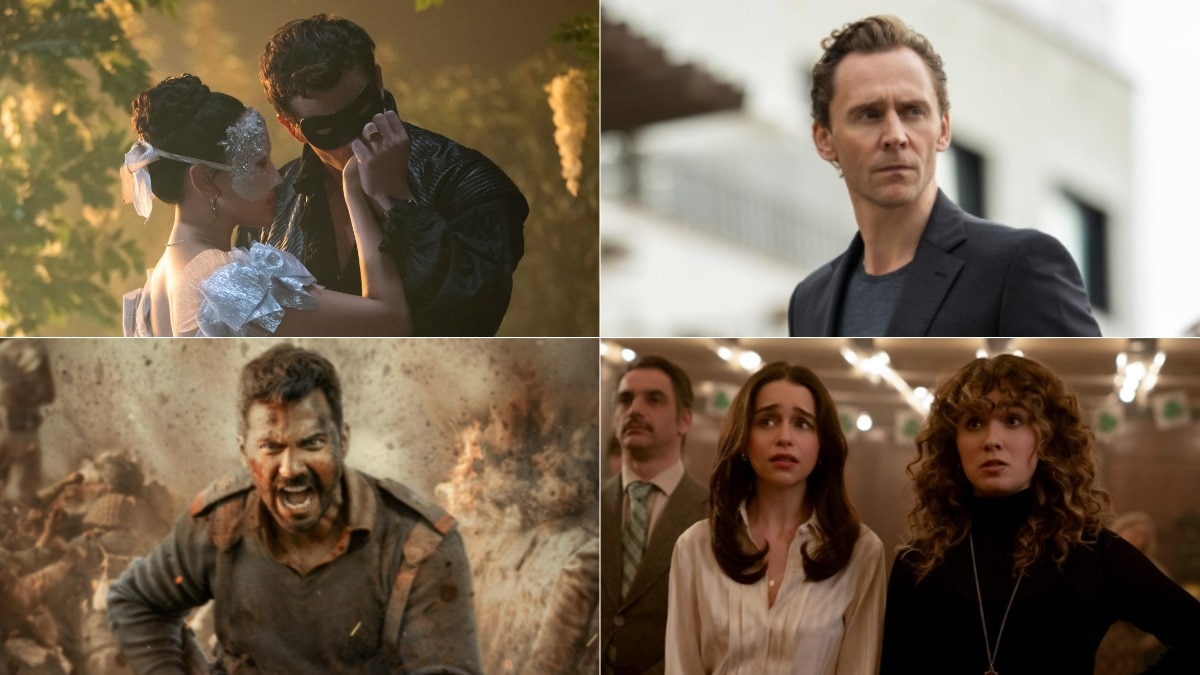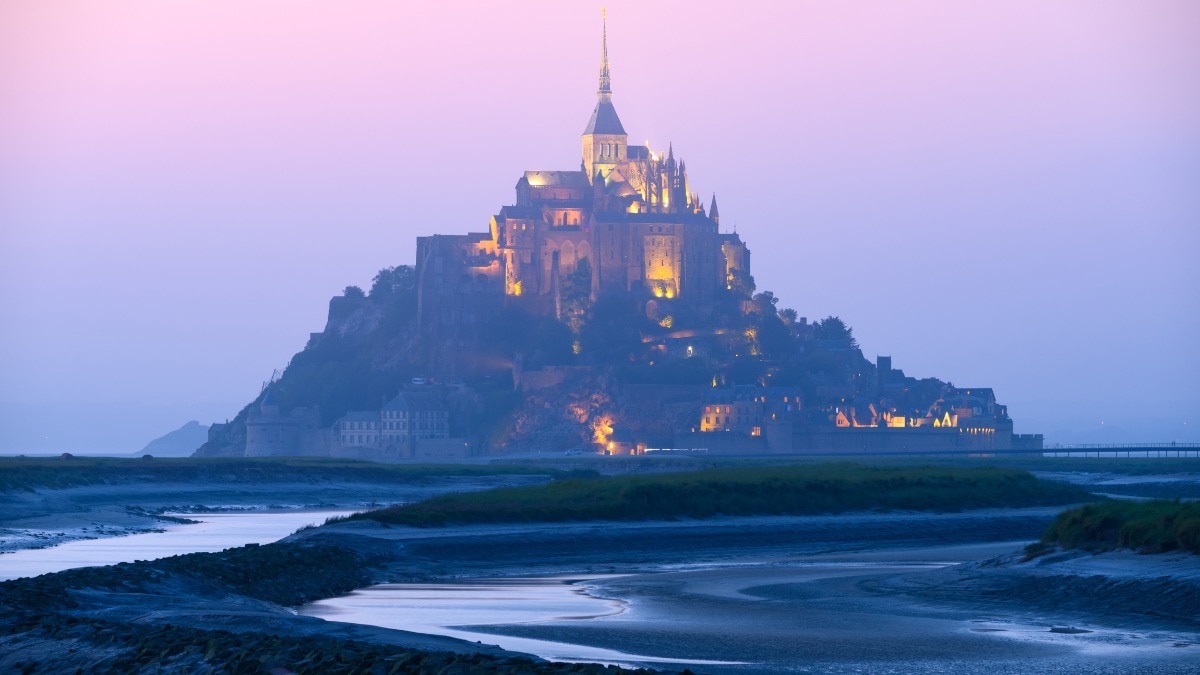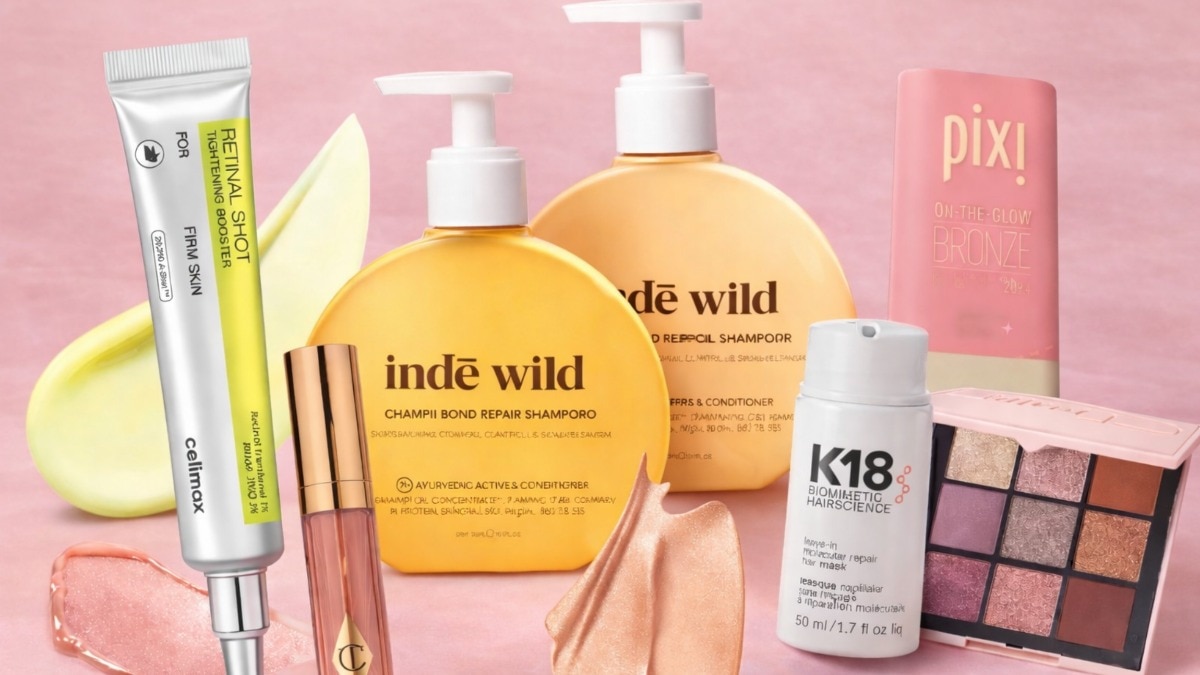Nature activist Dia Mirza puts the spotlight on sustainable choices that truly make a difference
Dr Krithi Karanth, Director of Centre for Wildlife Studies, in conversation with actor Dia Mirza about environmental rights and living for a cause.


Two prominent advocates for the cause of environment protection have a conversation about the urgent actions needed to safeguard our future.
Dr Krithi Karanth: What are your earliest and happiest memories of being in wildlife and in nature?
Dia Mirza: I grew up in Hyderabad when our homes were surrounded by big trees and streams and rocks, and we would take walks or explore lakes and butterflies and birds. During the monsoon, red beetles would come out in the garden, and it was fascinating to discover them. I also went to a beautiful school in Hyderabad called Vidyaranya High School, where classes were held under big banyan and peepal trees, and we would go birdwatching on the hill within the premises. There was a gentleman called Mr Dolphin, who had many pets in the school, and he would put birds in large cages to give them more space to fly. My childhood included immense interaction with nature. We went rock climbing, hiking, trekking and, ironically enough, given how much I love nature and wildlife, I happened to explore a forest for the first time when filming for a show on NDTV in Madhya Pradesh. I cannot describe the magic of it; it was the most amazing feeling. I don’t think anything else has made me feel more alive and mesmerised. I realise now that not everyone feels for nature the same way. But during that time, my only thoughts were why I had waited for so long to visit it; this was my place. This is where I belong. I was in love.
KK: So many people can relate to your stories, because many of us have had a similar childhood. Tell me, when did you go from a passive appreciation for nature to becoming a strong advocate for it?
DM: When I realised that not enough people were helping, like how you help. There is increasing evidence on climate change, and it made me realise that I had to do more. India enjoys 4.3 percent of the geographical area on the planet, but we have the second-largest population fighting for space. However, less than 25 percent is forest protected area, and of that, only five percent is dense forest. That shook me. I realised that we are in deep trouble.

KK: And how do you think we can increase public engagement around this discourse?
DM: The level of participation around environment-related actions is higher today than it has ever been. Which means awareness has definitely increased. I feel, in many ways, the pandemic also woke many people up to the urgency of the situation. But we also have short memories... During Holi, it was advised by state governments not to play, but despite so many Covid protocols, people were playing with ridiculous amounts of water. It draws attention to the fact that there are going to be many cities that will not have any water at all. Some places have already hit that point and, yet, people are being so reckless with resources. It makes you wonder what it will take to convert information into mainstream action. A while ago, we had launched a small campaign for beach-plastic pollution, and would go for beach clean-ups. My driver Siddharth bhai, who has been with me for 20 years, said one day, “Aap plastic hi band krwado na!” [Just have plastic banned!]. What he said makes a lot of sense. Industries, policy makers, government, and individuals need to work together for the change we want to see. And we really need to work very fast to elevate action.
KK: Why are there such few celebrities speaking up for the environment? People seem more comfortable speaking about health and education...
DM: Whatever is urgent to each person is what they will raise their voice for. For instance, we are trying to raise funds for wildlife protection, but we have noticed that people are more forthcoming to pay for a child’s education or women-related issues. However, today, people have begun to relate the environment with health and progress, and ecology with economy. As a result, we should see more changes. There are white papers and economists emphasising that there is a cost for all the ecological devastation we have created, and it will impact our life. But there is hope…

KK: Where did you get the strength to speak up for the cause and keep going on, because, most often, we don’t succeed without failing...
DM: My love for the planet keeps me going. I remind myself of the generosity of a child’s spirit. And the young people who are so committed to their actions, doing so much for the cause. They give me a lot of strength and I know there will be more environmentalists and environment protectors doing good.
KK: I think children can make a huge difference... Who are the women who have been an inspiration to you?
DM: There is you, there is Belinda Wright, Vandana Shiva... I admire and respect each one of you. You keep me motivated.
KK: What about the women in your personal life? Strong women come from strong women, is what I have seen...
DM: I agree, the immediate influence shapes your life. My inspiration has always been my mom. I applaud her and my aunt; they have always walked their own paths. They are infallible and they are real.
KK: Are there any other movements, communities, or organisations in India that are doing right by the environment and have really inspired you?
DM: Yes, of course! I follow quite a few, and they are doing amazing work. There is a community working for the Aravali Hills, and they have converted one part of the hills into a biodiversity hub by planting trees. Others include Let Me Breathe, and the Fridays For Future movement that is helmed in India by young people: they create awareness and bring about citizenship participation. When I look back at the past, there was, of course, the Chipko Movement. There are organisations like Wildlife Trust of India, WCC, and the Sanctuary Nature Foundation. And I love what Cara [Tejpal] is doing through The Mud on Boots Project, empowering grassroot-level environmentalists to make a difference. I had the pleasure of funding many of these heroes and it feels so good to empower them to do good for the environment. There is just so much good work happening! There is Save Mollem in Goa, Dehing Patkai in the North East, and many movements in Assam and Orissa...

KK: What are the changes that you have adopted in your own life to become more sustainable?
DM: One of the first thing I realised was that I needed to bring change in my own life before advocating to others. Interestingly, I was doing a show called ‘Ganga: The Soul of India’ a few years ago, and I travelled from the shores of the Ganga all the way to the sea. On my journey, I saw ravines of plastic in the most pristine natural areas. It opened up my mind to the gravity of the problem. Up until then, I hadn’t really seen it for what it was, how devastating and destructive it was, how it had permeated every free space in the world. I tried, in my own way, to weave this into the narrative of the show. When I was appointed as the UN Environment Goodwill Ambassador, the first conversation that I had with the then-UN Environment Chief, Erik Solheim, was about why the world hadn’t held industries accountable for the plastic they produced? Why do we not have any solution for managing our waste better? All this plastic is reaching the interior-most parts of our country, it has nowhere to go, it is choking our lakes, rivers, and oceans. It has entered the food chain, polluting our air, even our soil...what is wrong with us? Yes, there was some kind of parallel uprising that year when we made plastic pollution the theme of World Environment Day. In my personal life, the first thing I did was making a note of the plastic items I was using, to replace them with more sustainable options. I began by replacing my toothbrush. I actually use this as an example when I do workshops with kids because I make them calculate how many brushes one would go through in one’s lifetime, which his approximately 800! I ask them to multiply that with the strength of their classroom and then their school and then the planet—this makes them realise the quantum of plastic in just one item. Replace your earbuds with a bamboo version, use wooden or bamboo combs, check a product’s packaging, or inspect the ingredients of cleaning agents, and replace them with more sustainable alternatives. I didn’t realise how much waste sanitary napkins create, so I replaced them with biodegradable ones. A lot of women have switched to the cup, but I haven’t made that transition yet. Others have switched to washable, cloth sanitary napkins. And everyone I know who has had a child has been requested to go back to the old-school way of using cloth diapers. You can even consider bamboo diapers for your baby
KK: If you had to translate this to the fashion industry, what can it do differently, particularly in India?
DM: There is too much that needs to be done differently; it is the most polluting compared to the shipping and aviation industry! Especially fast fashion. Something that India can do magnificently, and has already started to do, is go back to how garments were made earlier with natural dyes and threads. There are so many young designers who are even using waste material, less water, and developing interesting fabrics with vegetable waste and fruit pulp. It is all a part of a circular economy. This hasn’t become mainstream yet, but I think it should soon because there is a rise in consciousness. Around three years ago, we introduced The Circular Design Challenge at Lakmé Fashion Week, and while in the first year participation was almost negligible, over the years it has increased admirably. This year, we witnessed some fantastic design innovations. Mainstream designers are also slowly understanding that they need to do better, and are switching to more conscious ways of manufacturing, producing, and retailing.
KK: Tell me, what are your other passions?
DM: I love making cinema, telling stories, being an actor, painting, stitching, pottery...
KK: Great, thank you Dia! This was wonderful and I really appreciate your work.
DM: I am so flattered and honoured to have had this conversation with you!
Credits
Photographs by: Errikos Anderou
Styled by: Edward Lalrempuia
Hair and Make-up: Shraddha Mishra. Photographer’s assistants: Ankit Sharma and Snehasish Roy.
Photographer’s agency: Deu Creative Management. Fashion assistants: Asu Longkumer and Junni Khyriem.
Production: P Productions. Location: Hyatt Regency Mumbai

